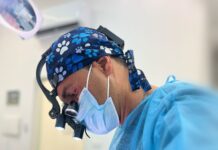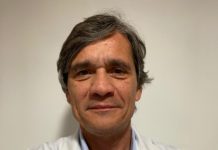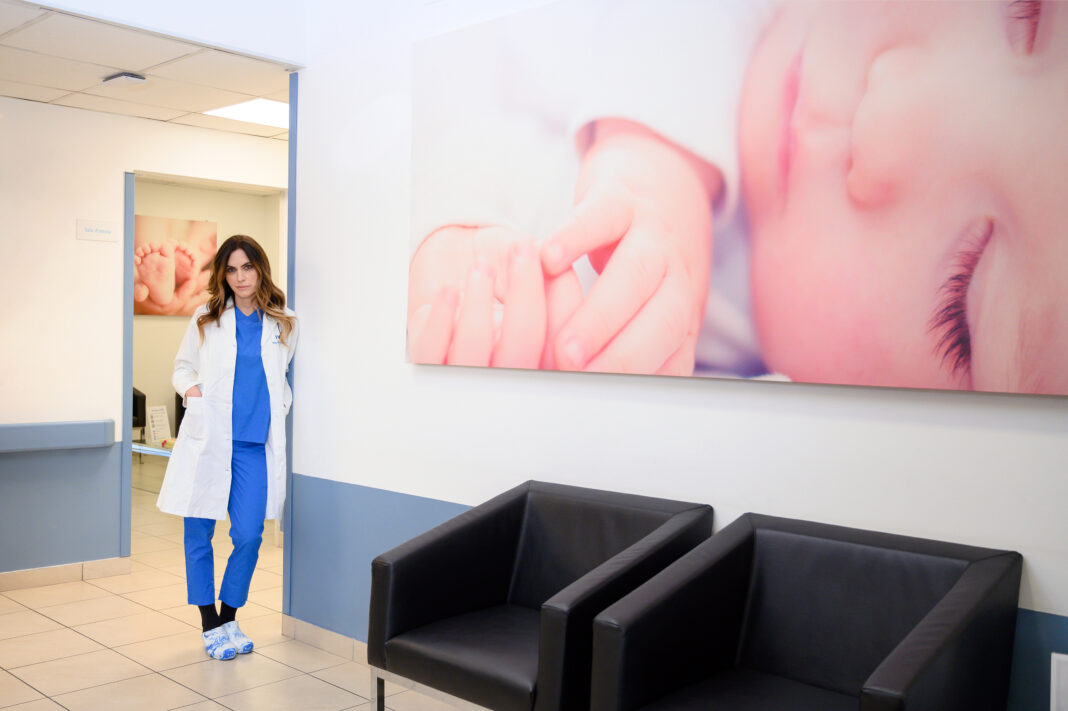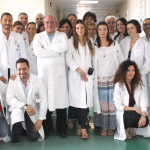Polycystic ovary syndrome affects about 5-10% of women of reproductive age and is the main cause of female infertility. Talking to us about the latest frontiers in the treatment of this very frequent pathology is Dr. Daniela Galliano, gynaecologist and expert in Reproductive Medicine, director of the IVI centre in Rome, an excellence in the national and international health scene which, since 1990 (year of its foundation) to date, has contributed to the birth of more than 250,000 children thanks to constant innovation and implementation of the most innovative assisted reproduction treatments.
by Roberta Imbimbo
Dr. Galliano, what is polycystic ovary syndrome? And how widespread is this pathology today?
Polycystic ovary syndrome affects about 10-13% of women of reproductive age and is one of the main causes of female infertility. It is characterised by an increase in the size of the ovaries, within which small follicular cysts form, leading to anovulation, ovulatory dysfunction and excessive levels of androgens, particularly testosterone and androstenedione. Symptoms can vary from woman to woman and among the most common are pelvic pain, even mild obesity, irregularity of the menstrual cycle, amenorrhoea, mood swings, hirsutism on the face and chest, hair loss or increased body weight with difficulty losing weight. These symptoms tend to worsen with time. This is why early diagnosis plays a fundamental role, both in order to avoid chronicisation of a condition that can have serious consequences, such as diabetes, cardiovascular problems, hypertension, hyperlipidaemia and endometrial cancer, and in order to intervene with increasingly targeted and personalised treatments. The causes of this syndrome are still unknown, although scientific research tends to suggest that hereditary and/or environmental factors and, above all, an excess of insulin may play an important role. There is in fact a thin red thread linking extra kilos to this syndrome.
This last point is very interesting. Insulin resistance is thus one of the cornerstones of metabolic syndrome, which in turn is involved in the aetiopathogenesis of polycystic ovary syndrome, a frequent cause of anovulatory infertility. What should be done in such cases?
In recent years, we at IVI have placed increasing emphasis on the treatment of metabolic syndrome precisely because, as mentioned, it has important repercussions on the female reproductive axis. Several scientific studies have shown that obesity associated with it lengthens the time it takes to become pregnant and also has a negative impact on the outcome of medically assisted procreation techniques (PMA). Indeed, it may prolong the duration of ovulation induction, decrease the number of mature follicles and retrieved oocytes, and increase the rate of cycle cancellation. This is why it is first important to solve the metabolic problem (with a balanced diet with a low insulin index and sporting activity) and only then the reproductive one. Otherwise, the risk of failure would be high.

Once the metabolic problem is solved, what can happen? What are the possible scenarios?
Mainly because of the negative effect on the regularity of ovum release (amenorrhoea, oligomenorrhoea and other problems related to the punctuality of the menstrual cycle), women suffering from polycystic ovary syndrome may take longer to seek pregnancy; only when ovulation becomes regular is it possible to become pregnant. As mentioned, a good diet and constant exercise can help normalise the menstrual cycle and consequently increase the possibility of getting pregnant naturally. Other times, however, it is necessary to intervene with medication to stimulate ovulation and thus facilitate gestation. Obviously, there is a customised treatment that always depends on each patient’s medical history. Once ovulation is regularised, if the patient fails to get pregnant naturally, it is possible to resort to assisted reproduction treatment such as artificial insemination or in vitro fertilisation (IVF), depending on the case.
IVI in this field confirms itself as an excellence in the national and international health scene. More than 250,000 children have been born thanks to the most modern techniques in assisted reproduction.
Exactly! Present with more than 75 clinics in 7 countries around the world (Italy, Spain, Portugal, UK, USA, Panama and Brazil), thanks to the modernity of its diagnostic equipment and the high skills of its medical staff, IVI is one of the European centres with the best pregnancy rates. In fact, 9 out of 10 couples who consult us for infertility problems achieve their goal of becoming parents, after a complete and personalised course of treatment. In 2020 IVI opened a new clinic in Rome. This is a third-level facility, where all assisted fertilisation treatments can be carried out, including in vitro fertilisation (IVF), intracytoplasmic sperm injection (ICSI) and heterologous fertilisation, for which IVI can count on the world’s largest oocyte bank, confirming its position as one of the most avant-garde centres in the treatment of infertility.

For more info (https://ivitalia.it)






















































